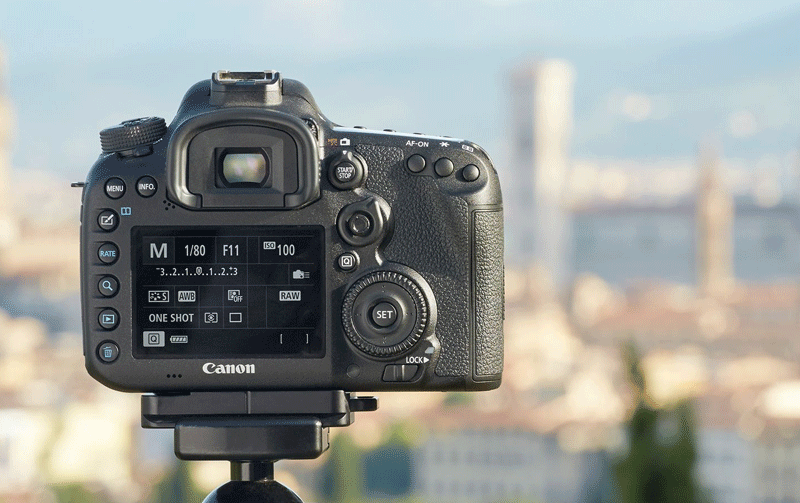Camera category
Announced in September 2014, the Canon EOS 7D Mark II is the long awaited upgraded version of the Canon EOS 7D. It’s from the APS-C sensor-sized DSLR range of Canon cameras, the best the company had ever produced at the time of its release. While the toughly built 7D Mark II has a body identical to the EOS 7D, it packs the power of the Canon EOS-1D X with a few added enhancements and some deleted ones. At less than half the price of the 1D model, the 7D Mark II is a semi-pro DSLR that could be the optimum step-up camera for serious photography enthusiasts and the ideal second camera for many professionals.
Sensor
The camera features a newly designed 20.2 Megapixel APSC sensor that produces high-resolution images with amazing detail and splendid clarity. The micro lenses are redesigned for better light transmission. The camera is particularly good for shooting in low light with an ISO of up to 16,000, expandable to ISO 51,200. Thanks to the enhanced, higher sensitivity design, there’s low noise even at ISO 16,000. While the Mark II is awesome for still photos, it does well for videos, providing Full HD capture at rates up to 60p.
Processor
The sensor is matched with Dual DIGIC 6 image processing engines for enhanced image processing. The more powerful processors allow a maximum continuous shooting speed of 10fps for 31 raw files or 1030 JPEGs using a UDMA 7 CF card. They help the camera capture up to 19 RAW + JPEG shots in a single burst, perfect for action photography. Additionally, the processors permit real time correction of image distortion, lens aberration, and discrepancies in peripheral illumination.
AF system
All 65 points of the AF system are cross-type sensors, which is a massive upgrade from the 19-point AF system of the 7D. This improved, highly customisable AF system makes for better precision at astonishing speed and ensures a degree of stability not affected by the subject’s colour or shape. The f/2.8 dual cross-type centre point is sensitive down to f/8, and functions even in dim lighting conditions as low as -3EV. The autofocus technology lets you have a selection of six shooting scenarios to choose from, allowing the AF system to keep moving subjects as sharp as possible.
Video
Videographers will be delighted to learn that they can record up to 50p in PAL or up to 60p in NTSC mode ( Mov or MP4 format). The camera’s Dual Pixel CMOS AF sensor has two photodiodes per pixel unlike the traditional one photodiode per sensor. This allows each pixel to capture light and at the same time, perform phase-detection autofocus, letting the camera achieve natural and precise focus swiftly in both Live View and video shooting. Additionally, with the shallow depth-of-field permitted by EOS optics, the camera will produce videos with a cinematic ambience, unlike many other DSLRs.
Pros
Continuous shooting at 10fps
A myriad of customisation options
Excellent image quality
Reasonable burst performance
Reliable and fast AF
Cons
Screen is fixed and is not touch sensitive
Wi-Fi connectivity is missing
As a result of the SLR design, viewfinder can’t display images as they will be captured
Absence of 4K recording
Price and lens size
The 7D Mark IV will cost you around £1,150 for the body alone and £1,350 for the body and an EF-S 18-135mm f/3.5-5.6 IS STM lens. It’s compatible with an endless list of EF and EF-S lenses from 100mm macro lenses and 400mm telephoto prime lenses to 35mm prime lenses and 16mm wide-angle prime lenses.

